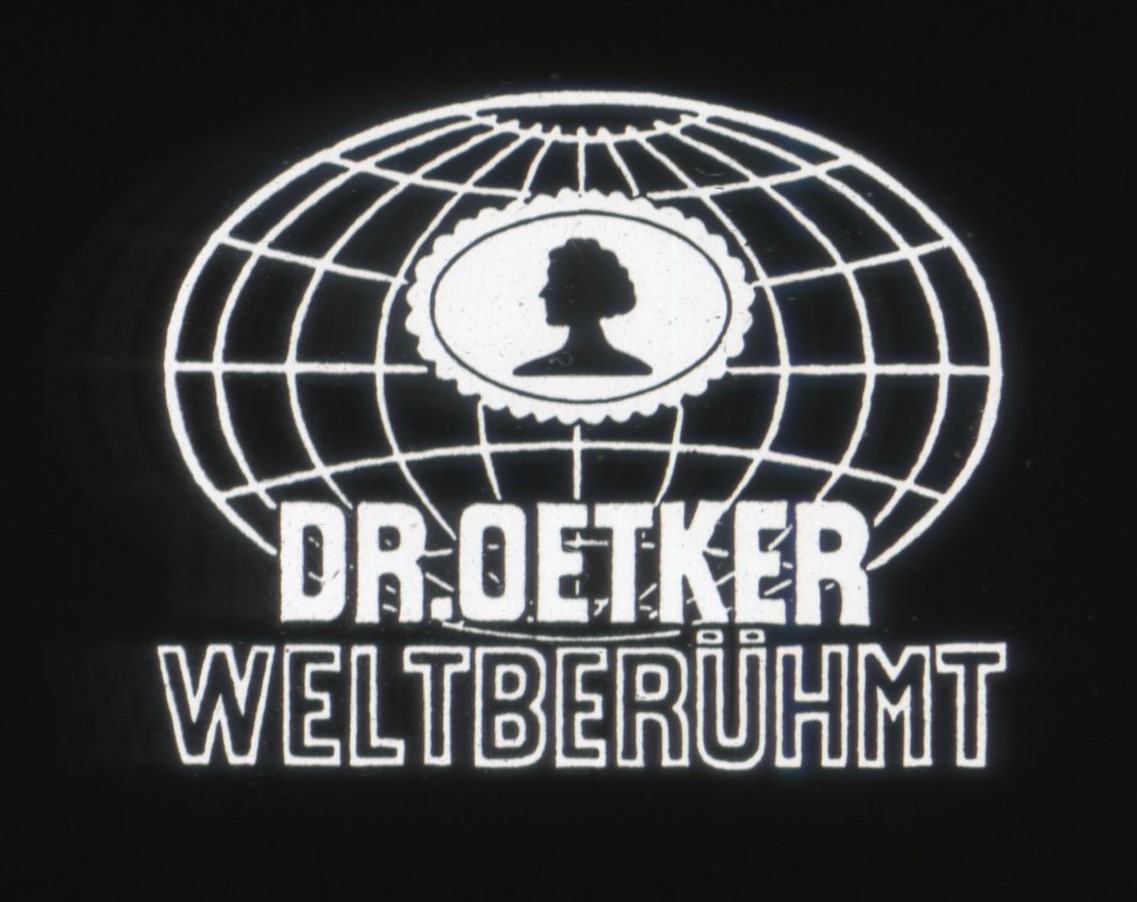Dr. Oetker Stories
Always at home in the world – Part 2
Today, Dr. Oetker is present in over 40 countries with 45 brands. In 1908, the first production facility abroad was put into operation. In the 1920s and 1930s, Dr. Oetker did business all over the world . The Second World War caused this success story abroad to collapse. But how did the company finally recover from this?

3.2.2023 • History
The year 1945: In the months after the end of the war, Dr. Oetker's foreign business is in a desolate state. Although it is still possible to produce in Germany, the branches abroad have been lost and exports have reached almost zero. Many of the affiliates are expropriated or had to give up. At the Bielefeld site, the company responds to the shortage situation in post war Germany with substitute products and adapted recipes.
Introducing of the Deutschmark
On 20 June 1948, the currency reform in the western occupation zone brought the Deutschmark (“Deutsche Mark”, D-Mark or DM for short) as a new means of payment. The old currency has been replaced, and the chances for an economic fresh start are good. Before that, the old Reichsmark could hardly be used for paying goods or services and so barter was common. As a result of the currency reform, Dr. Oetker is once again able to export abroad, albeit on a small scale.
The German „Wirtschaftswunder“ (economic miracle)
The general economic climate and demand for consumer goods recovered rapidly at the beginning of the 1950s. It is the beginning of the German economic miracle, often also called Miracle on the Rhine. For this reason, Rudolf August Oetker founded a new department for foreign business in 1951 with the aim of rebuilding the pre-war successes. The first location is neutral Switzerland. As early as 1950, an affiliate was founded here. Switzerland is ideal as a starting point for the reconstruction of foreign business. From here, the leap back into the European market succeeds.
In the course of the 1950s, Dr. Oetker succeeds in buying back the shares in the old Western European branches. In addition to the Benelux countries, the markets of Italy, Austria, Denmark, and Norway can be served again. In addition, start-ups are taking place, for example in Portugal or Spain. However, some of these companies are later abandoned, only to be re-established decades later.
Return to the Americas
In 1954 Dr. Oetker returned to the Americas. The Sao Paulo site was originally established at the end of the 1920s. In addition to the products imported from Germany, own articles were already manufactured. The machines were specially shipped from Germany to Brazil. For this reason, production can continue here during the war, despite the loss of contact with the headquarters in Bielefeld. In 1954, the company with the name Cabeça Branca (White Head) became a public limited company and the German parent was able to take over the operation completely. In Brazil, too, the market is developing dynamically during the post-war years, and so the production facility is constantly being expanded, and market shares are increasing. Today, Dr. Oetker is a real success story in Brazil and offers an independent range. In addition to baking goods and desserts, nuts or tea are also available.
In North America, the national subsidiary Canada is established in 1961. Since then, the brand with the “Hellkopf” has been available in many supermarkets in the country. Many immigrants from Europe are still familiar with the brand, so that in the post-war period Dr. Oetker is off for a good start. Previously, independent importers had already successfully served this target group in Canada.
Dr. Oetker products all over the world
Over the decades, the company has managed to establish itself in a wide variety of markets worldwide. Products are also sold through importers in Arab, African and Asian countries.
The first national subsidiary in a Muslim market is established in Turkey from 1987 onwards. Together with the turkish family-owned company Piyale, Dr. Oetker founds a joint venture to offer products for making desserts or baked goods.
The opening of Eastern Europe
With the fall of the Iron Curtain, there is finally an opportunity to return to the Eastern European markets after a long time. In 1991/92, the Polish subsidiary was able to officially resume its work. It is a company with more than a hundred years of history. At the same time, Dr. Oetker Hungary officially resumes its work too. Previously, licensed products had already been produced at the old location for several years. Other new founded affiliates and re-establishments during this period include countries like the Czech Republic, Romania, Croatia or Slovenia.
Africa, Asia and Oceania
In the 21st century, global expansion continues. National subsidiaries are founded on almost all continents. Today, Dr. Oetker is also present in countries such as South Africa, Malaysia, South Korea, Australia or India.
All foreign subsidiaries have in common, that their product range is adapted to the wishes and needs of consumers in the markets. In some countries, dietary regulations are important, in others maintaining the cold chain can be a problem. Dr. Oetker works today and in the future to offer tailor-made products for consumers all over the world.
For more information please contact:
Claus-Carsten Andresen
Media Spokesperson History & Archive